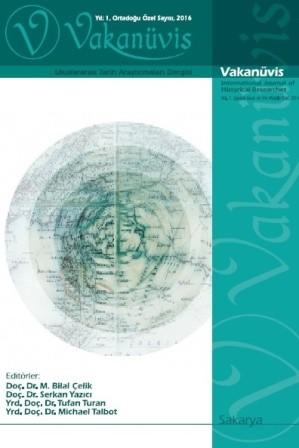19. Yüzyılda Macaristan’dan At İthalatı Ve Osmanlı Atçılığına Etkileri
Horse Importation From Hungary in the 19th Century and its Effects on Ottoman Horseship
Author(s): Tolga AkaySubject(s): Economic history, Military history, Political history, 19th Century, The Ottoman Empire
Published by: Serkan YAZICI
Keywords: Hungary; Horse; Stud; Guard Regiment Horses;
Summary/Abstract: Since the second part of the nineteenth century, the Ottoman Empire, which reigned in geographies with a profound equestrian heritage and a wealth of qualified horse assets, has been experiencing difficulties in terms of horse existence and quality. This vulnerability was severe enough to cause an issue, particularly from a military standpoint. As a result, after the Crimean War (1853-1856), imports for military use began. In the imports debate, two sources stood out: Russia and Austria-Hungary. The Ottoman Empire bought a considerable number of horses from Hungary, which became a major source of imports for many European countries. The majority of the imports were horses that may be classified as ready-made army horses. Horses were also imported from Hungary in order to resurrect and strengthen the Ottoman Empire's horse breeding tradition. In this study, the amount and effects of stud horses imported for the improvement of horse existence in the country, as well as the need of the palace and the horses included in the guard regiments, were investigated, and the extent of foreign dependency was attempted to be determined, in addition to the Hungarian origin horses used by the Ottoman Empire in the army after the Crimean War.
Journal: Vakanüvis- Uluslararası Tarih Araştırmaları Dergisi
- Issue Year: 6/2021
- Issue No: Spec. Iss.
- Page Range: 30-51
- Page Count: 22
- Language: Turkish

